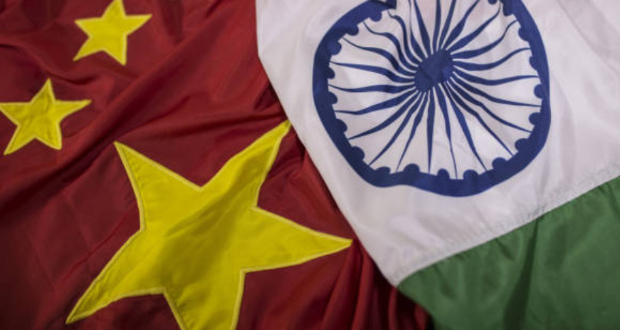In July 2024, China completed a black-topped bridge on Pangong Lake in Eastern Ladakh, designed to facilitate armoured troop movements across both shores. This bridge symbolises two key aspects of India-China relations. First, it underscores China's commitment to developing military infrastructure along the Line of Actual Control (LAC). This process gained substantial momentum after the Kargil War as part of Beijing’s ‘Go West’ economic development strategy.
Second, the inauguration of the bridge during the ongoing India-China military standoff on the LAC since 2020, underscores China's continued shift in its position on the India-Pakistan dispute over Kashmir in the past two decades. Once neutral and occasionally playing a mediatory role, China has now moved to actively supporting Pakistan, protecting its notorious terrorists in the UN, and taking a more active role against India. This paper explores this issue, examining the key developments and reasons contributing to the current situation.
China’s role during the Kargil War
The 1999 Kargil War occurred when India was an emerging economic partner for China. Both had recently concluded two major agreements: the 1993 accord on maintaining peace and tranquillity along the LAC and the 1996 agreement on confidence-building measures between their militaries. Both had sought to downplay the LAC dispute and instead focus on enhancing diplomatic and trade interactions. Although they faced temporary strain from the 1998 nuclear tests, proactive efforts by the Indian diplomatic corps largely mitigated the damage by 1999.




